“The Velveteen Rabbit” was the basis of the message this week. It is a story about a stuffed rabbit’s desire to become real and the love that ultimately accomplishes this.
There is a lot of real life comparisons in this story about a stuffed rabbit. Some of the toys are mean and uncaring, some are supporting and caring. There are examples of the power of love and the healing miracle it provides. 1 John 4:7-12; 19-21 tells us what love is and how to use it. It tells us that God first loved us and that He commands us to love our brothers and sisters.
God loved us so much that He became human to show us how to love. It can be hard for us to show that level of love to those who don’t understand it. We need to share with others in a way they can understand.
There is a the story of the man who didn’t believe that Jesus was God in human form. He decided to not go with his family to a Christmas Eve service, but rather to stay home. Shortly after his family left in began to snow. He then heard some birds flying into the window of the house. They were looking for looking for a way out of the storm. He tried to help them but they were scared and didn’t understand what he was doing. He thought, if only I was a bird I could tell them and show them. It was then that he realized this is what God did for us when Jesus became a man.
My favorite version of the story, done by Paul Harvey.
As we go through this new year let us honor the sacrifice of God by loving those around us.
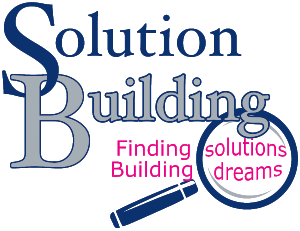














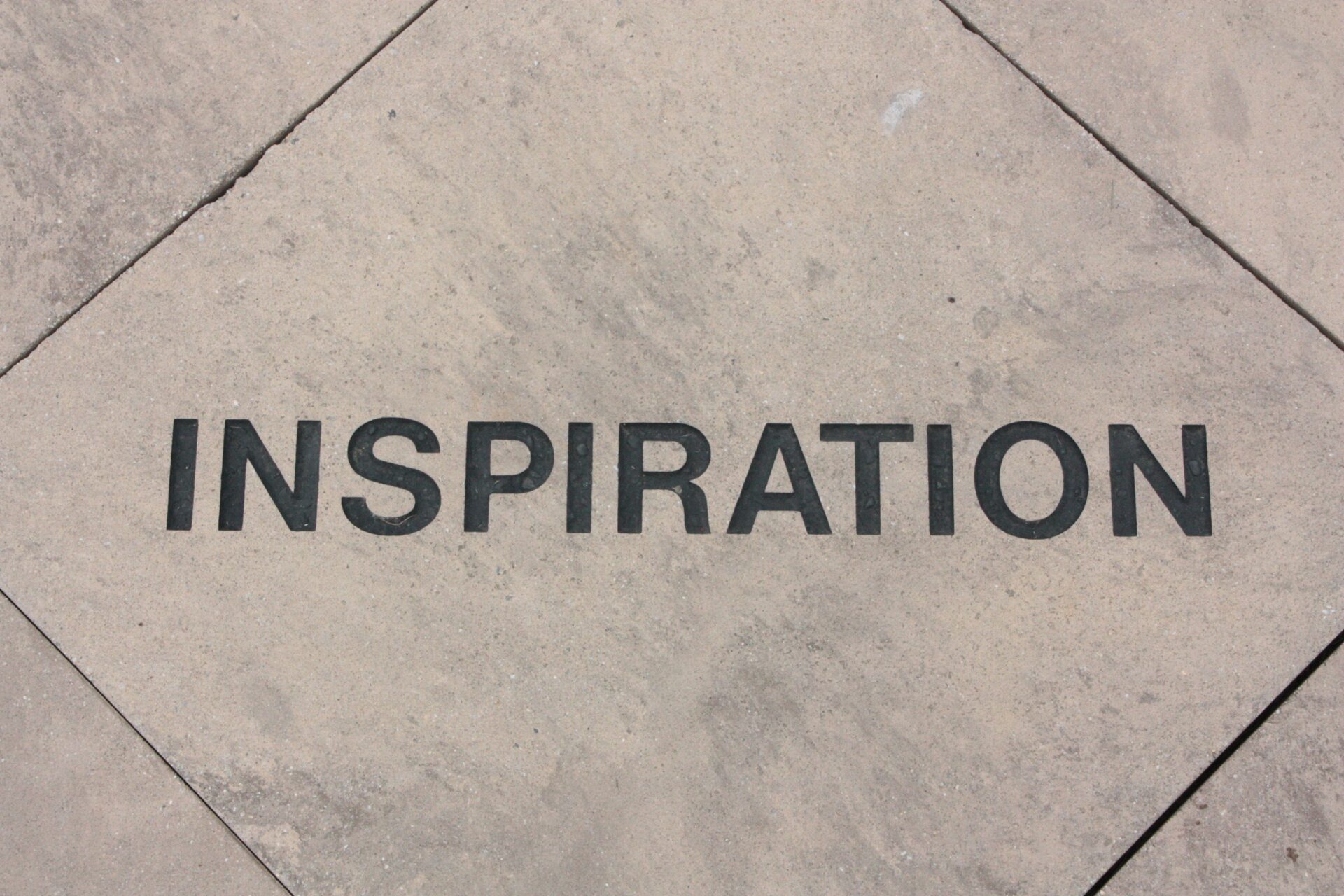





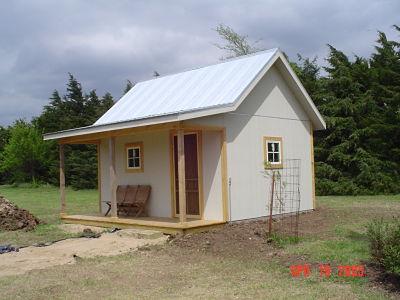
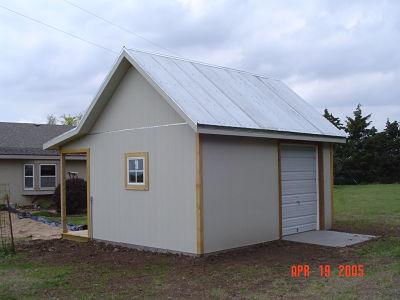
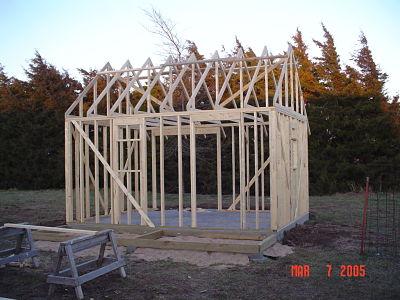
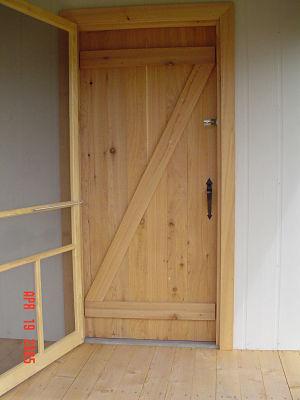

 After spending some time visiting with them there were several options that were discovered. Things that the novice wouldn’t consider or understand how it would affect the price. This is one of the benefits of getting
After spending some time visiting with them there were several options that were discovered. Things that the novice wouldn’t consider or understand how it would affect the price. This is one of the benefits of getting  getting
getting 



